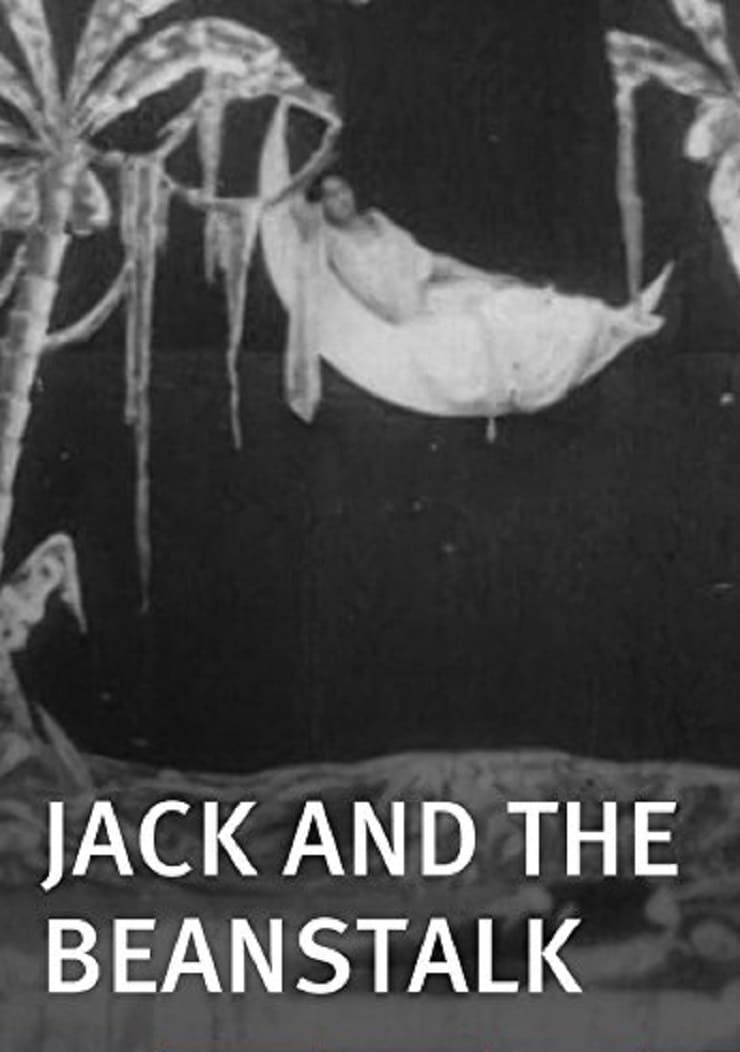
Porter's sequential continuity editing links several shots to form a narrative of the famous fairy tale story of Jack and his magic beanstalk. Borrowing on cinematographic methods reminiscent of 'Georges Melies' , Porter uses animation, double exposure, and trick photography to illustrate the fairy's apparitions, Jack's dream, and the fast growing beanstalk.
13 May Jack and the Beanstalk (1902)
The Movie Within
I’m writing a book about “folding” in film, a situation in its simplest form is seen as a movie within a movie.
This is the earliest example I know. The movie itself is about 12 minutes long. There are no dialog cards because presumably all viewers would know the story in detail already. Modern audiences will find the presentation pretty hokey.
But there are two episodes within this that have an interesting effect. There is a fairy godmother which to my knowledge is not in the original story. She is invented just for the movie. She manipulates events somewhat. Among her interventions are the creation of visions for our hero.
The first time is in a dream, and the second in “real life” (or perhaps a dream). Both illustrate what is to come. These are presented in the movie as a movie that the fairy “projects” onto the background. At the end she appears again to merge the two worlds. Ted’s law of abstraction holds even in this early example: the distance between our world and the world of the movie is the same as that between the movie and the world of the movie within.
Posted in 2005
Ted’s Evaluation — 4 of 3: Every cineliterate person should experience this.


No Comments